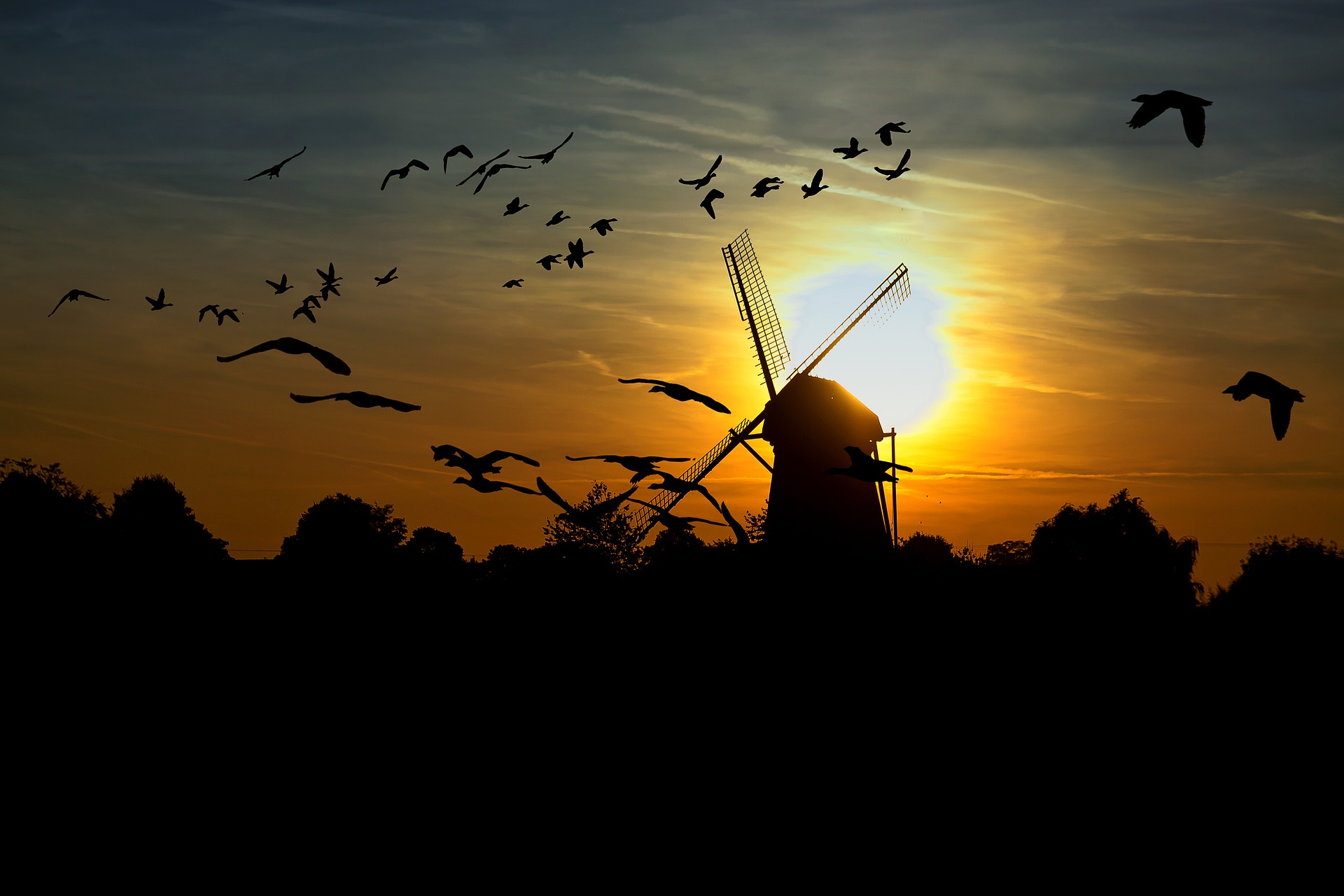The overwhelming majority of migratory birds face perils during their migrations as a result of a lack of world protection, according to new research led by the University of Queensland’s Dr. Claire Runge.
According to Dr. Runge, over 50 percent of the species of migratory birds that travel the world’s primary flyways have seen a serious decline in population numbers within the past 30 years.
Dr. Runge and her colleagues are calling for the world to enact new reserves intended to protect the migratory species of birds around the planet.
The researchers, whose findings were published in the journal Science, found that just nine-percent of the species examined to maintain full protection across their migration range — this in particular to migratory species. On the other hand, amongst bird species that don’t migrate, the researchers found 45 percent to be fully protected throughout their travels.
Runge was quoted by BBC as having said that the serious decline in migratory bird populations “is due mainly to unequal and ineffective protection across their migratory range and the places they stop to refuel along their routes.”
This is due mainly to unequal and ineffective protection across their migratory range and the places they stop to refuel along their routes (…) A typical migratory bird relies on many different geographic locations throughout its annual cycle for food, rest and breeding (…) So even if we protect most of their breeding grounds, it’s still not enough – threats somewhere else can affect the entire population.
In order to coordinate efforts to protect the entire span of the migratory routes traveled by the world’s migratory species of birds, Professor Richard Fuller with the ARC Centre of Excellence for Environmental Decisions believes that the world needs “to work together far more effectively” in order to ensure the future survival of our migratory birds.
Peter Marra, who heads the Smithsonian Migratory Bird Center, was quoted by the Los Angeles Times as having said that the study’s findings “is a wake-up call” indicating that it’s time to enhance our understanding of where the birds are throughout the entire year.
Some migratory birds, travel incredible distances every year during their migrations. The blackpoll warbler for instance, embarks on a nonstop flight across the Atlantic Ocean each year — traveling more than 1,500 miles in a matter of mere days.
























